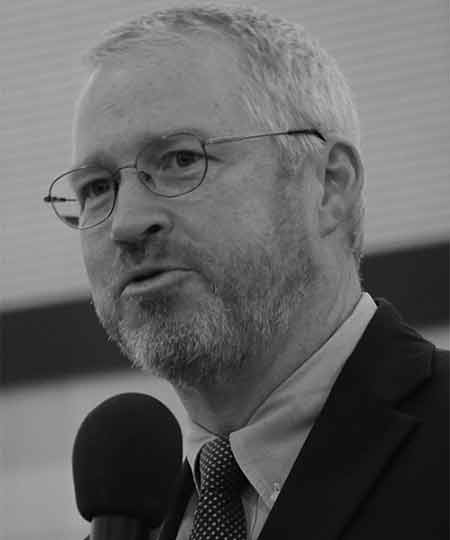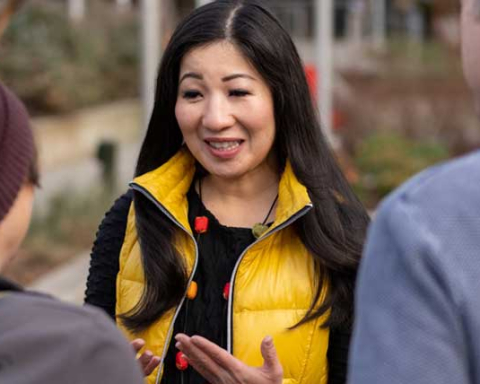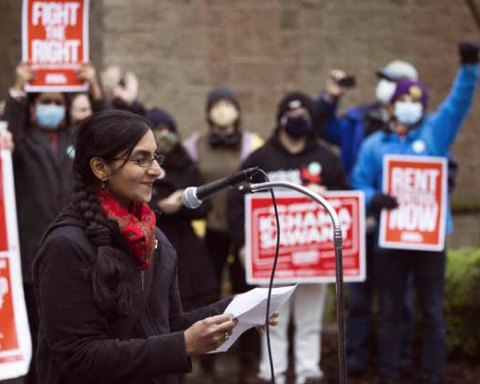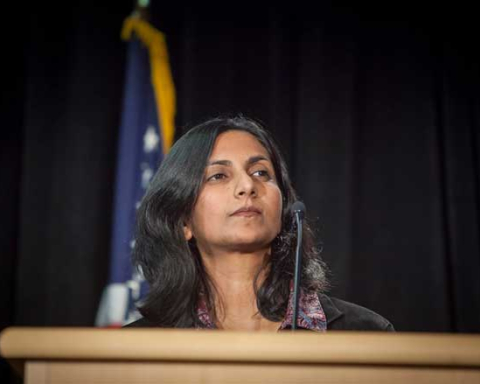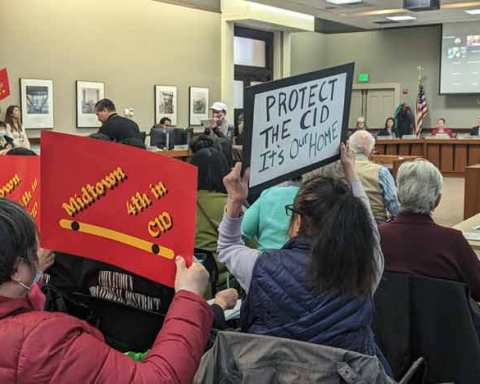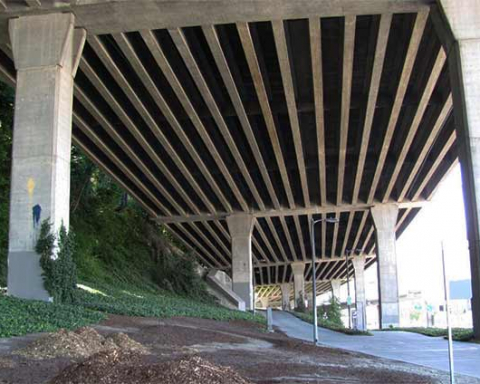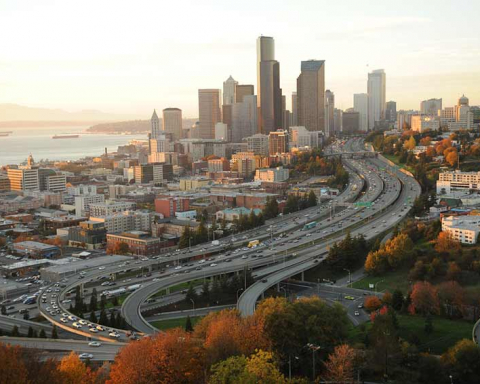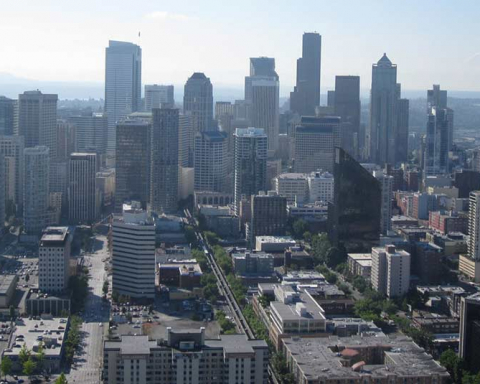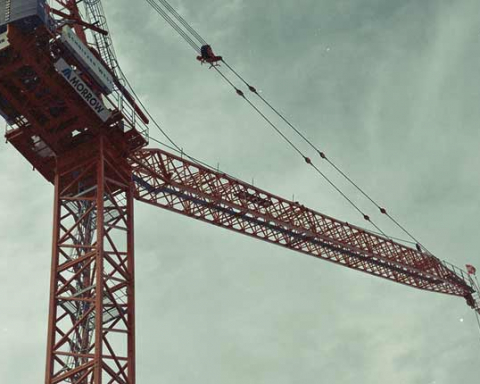————————————————–
From: “Mike McGinn” < mike.mcginn@seattle.gov>
Sent: Monday, March 14, 2011 4:11 PM
To: lilly
Subject: Alaskan Way Viaduct Replacement (00012049)
Dear Lilly,
Thanks for writing to me about the replacement of the Alaskan Way Viaduct. I share your commitment to a replacement solution that serves the best interests of Seattle residents.
I agree with you that the deep-bore tunnel is not the best solution, for many reasons. It is the most expensive option, does not serve our future transportation needs and is fundamentally flawed from an environmental perspective. The City Council and the State, however, have chosen the tunnel as their preferred alternative. But there is a very simple question that remains unanswered- who will pay? If the project goes over budget, as studies show is likely, what happens then? The state legislature says Seattle taxpayers will pay and I simply cannot support that. I have urged the City Council to join me in that position.
It’s increasingly clear that there are serious cost issues with the tunnel project but neither the state nor the City Council is willing to examine alternatives. I encourage you to contact both your City Council and state representatives with your concerns.
Thanks again for writing me. Please continue to keep in touch about this or any other issue.
Sincerely,
Mike McGinn
Mayor of Seattle
Update: This email was provided to me from the Mayor of Seattle, Mike McGinn in 2011.
The Alaskan Way Viaduct, often succinctly referred to as “the viaduct,” stood as an elevated expressway in Seattle, Washington, USA, accommodating a portion of State Route 99 (SR 99). Spanning 2.2 miles (3.5 km) along the city’s waterfront, it stretched from the West Seattle Freeway in SoDo to the Battery Street Tunnel in Belltown, situated east of Alaskan Way and Elliott Bay.
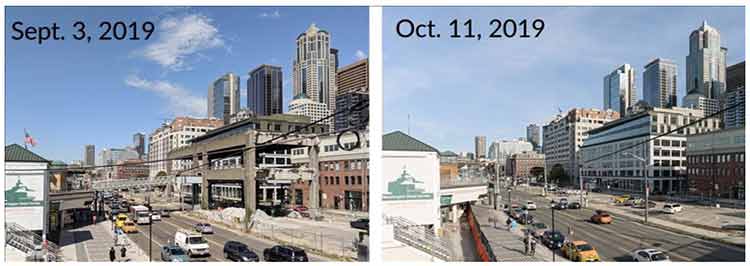
Constructed in stages from 1949 to 1959, with its initial segment inaugurated on April 4, 1953, the viaduct functioned as one of the two principal north–south transport routes through Seattle, with the other being Interstate 5, facilitating transit for up to 91,000 vehicles daily in 2016. Along its route, it towered above Alaskan Way, a surface-level street, extending from S. Nevada Street in the south to the entrance of the Battery Street Tunnel in Belltown’s north, tracing pre-existing railway tracks.
Long perceived as an obstacle between the downtown area and the city’s waterfront, the viaduct faced replacement proposals dating back to the 1960s. Its seismic fragility came into the spotlight following damage to analogous freeways, some mirroring the viaduct’s design, in several earthquakes in various cities. While the 2001 Nisqually earthquake inflicted minor damage on the Alaskan Way Viaduct, subsequent evaluations revealed its susceptibility to a total collapse should another significant earthquake occur, thereby underscoring the imperative for its substitution.
A myriad of replacement options weighed by state and city administrations included a re-constructed elevated structure, a surface boulevard, and a cut-and-cover tunnel, yet a consensus on the ultimate decision remained elusive. A deep-bored tunnel emerged as the selected option in 2009. Subsequent to the demolition of the viaduct’s southern section in 2011, it was supplanted by a six-lane, single-deck freeway threading through the SoDo industrial zone. Excavation of the downtown bored tunnel by the tunnel boring machine, dubbed “Bertha,” commenced in 2013, concluding in 2017 following a two-year delay. The viaduct ceased operations permanently on January 11, 2019, making way for the new tunnel, which inaugurated three weeks later on February 4. The viaduct’s demolition ensued shortly thereafter, reaching completion by the close of 2019.

